Blog
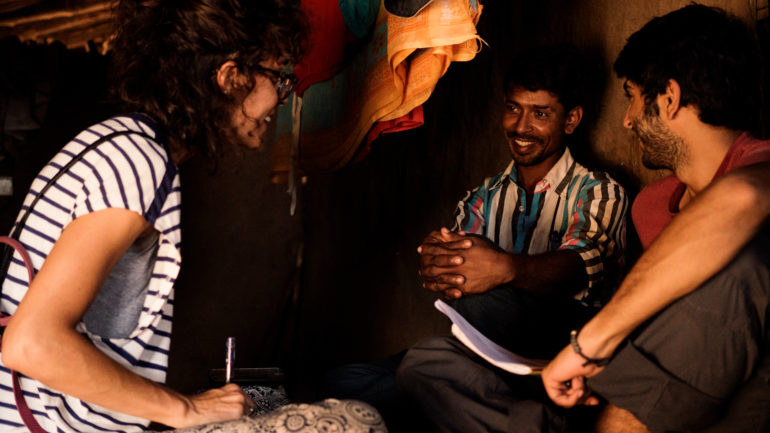
One quarter of the global population with no access to electricity lives in India, the majority in rural parts of the country. The urban-rural divide is stark: 93% of urban households use electricity as the main source of lighting, compared with 55% in rural areas. Whilst the Central Government promises to deliver energy access to all by 2018, questions surround the efficacy of electrification by grid extension in every circumstance.
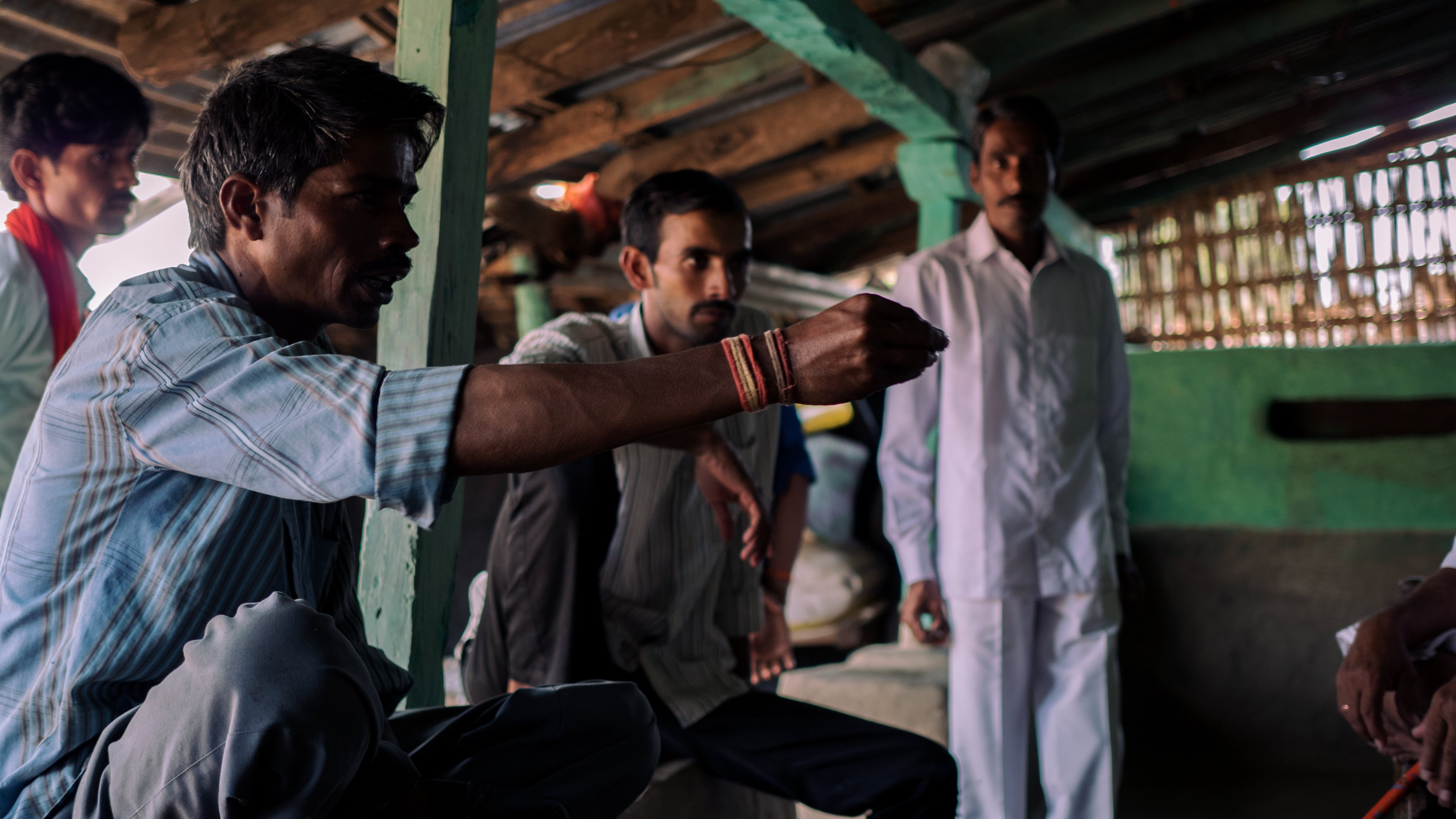
In remote areas technical and economic constraints turn grid expansion into a challenging and costly affair. Though figures vary, some suggest there are around 25,000 to 50,000 of these remote villages in India. Often slipping down the political agenda and unattractive to private investors, these communities often lack basic institutional, economic and technical infrastructures, representing the most challenging segment to delivering modern and clean energy to all by 2030.
Over the last months I visited some of these tribal villages, where Gram Oorja, a social enterprise, has installed village-scale Solar Mini Grids (SMGs), powering households, streetlights and local commercial activities throughout the day. The installations are conducted in partnership with a local NGO that provides local knowledge and interaction with communities.
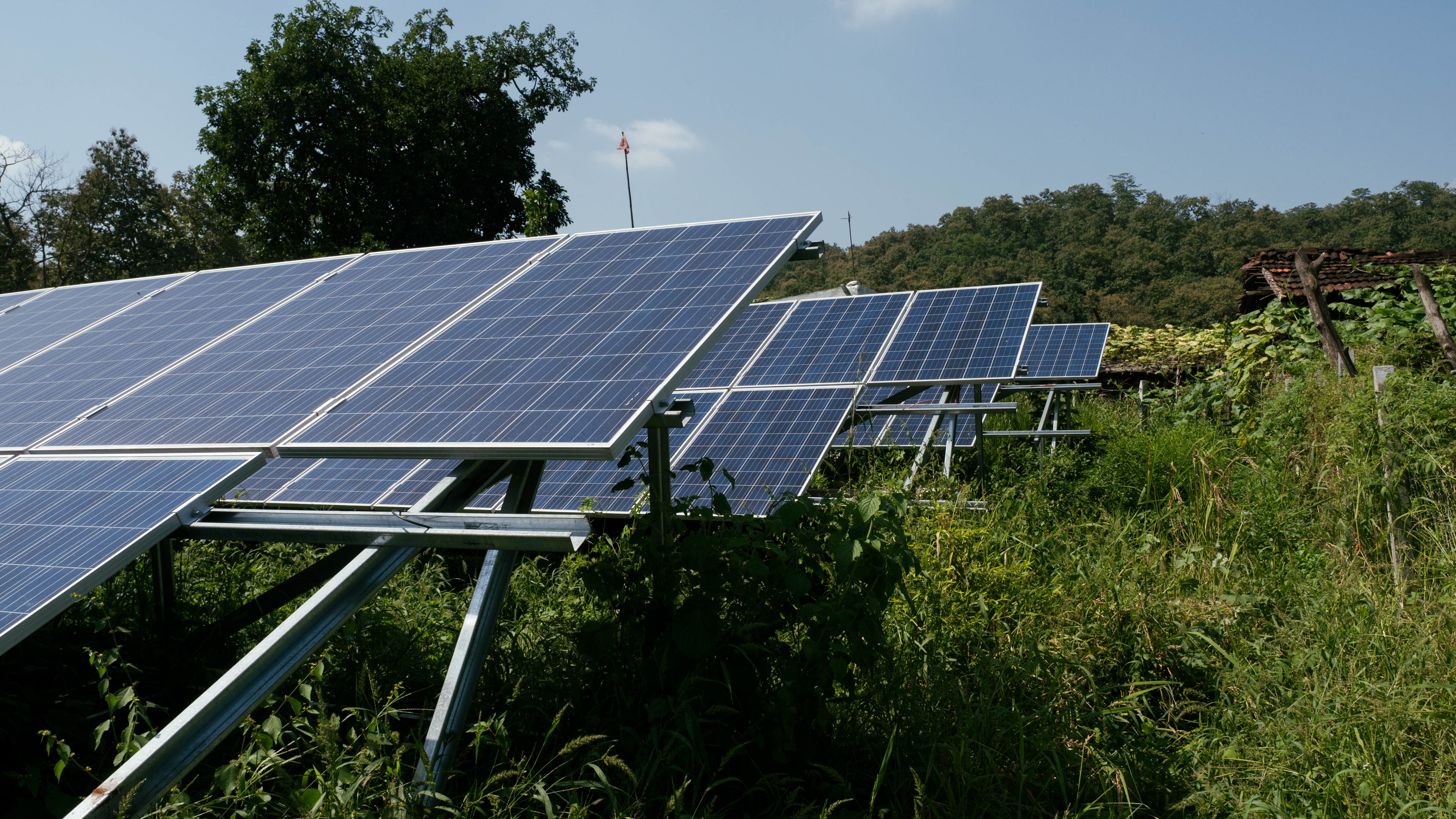
The model implemented is community-owned, village representatives form a Village Energy Committee (VEC), a local institution accountable for all aspects concerning the operation of the plant: from setting energy tariffs and penalties, to enforcement of rules and holding regular community meetings to discuss issues. A local operator is trained to take care of the technical operation and collect tariffs based on metered consumption from each house. The capital costs for installation are provided through CRS grants, whereas operating and O&M costs are covered by tariffs, rendering the village financially autonomous for its energy provision.
Community-ownership structures have been tested in various forms in developing countries across Asia and Africa. Many of these implementations reveal how self-governance have the highest likelihood for success, particularly in remote areas, due to the ability to create more effective forms of governance and better responsiveness to local challenges.
Yet some early experiments also highlighted several challenges. Most recently, the VESP in India, which used a community-ownership model to manage biogas electricity grids, was discontinued in 2012 after many systems became non-functional and faced severe challenges. A lack of clarity amongst stakeholders around roles and responsibilities, poor technical knowledge of the operator, inadequate maintenance and an absence of revenue management systems were some of the barriers faced by the scheme.
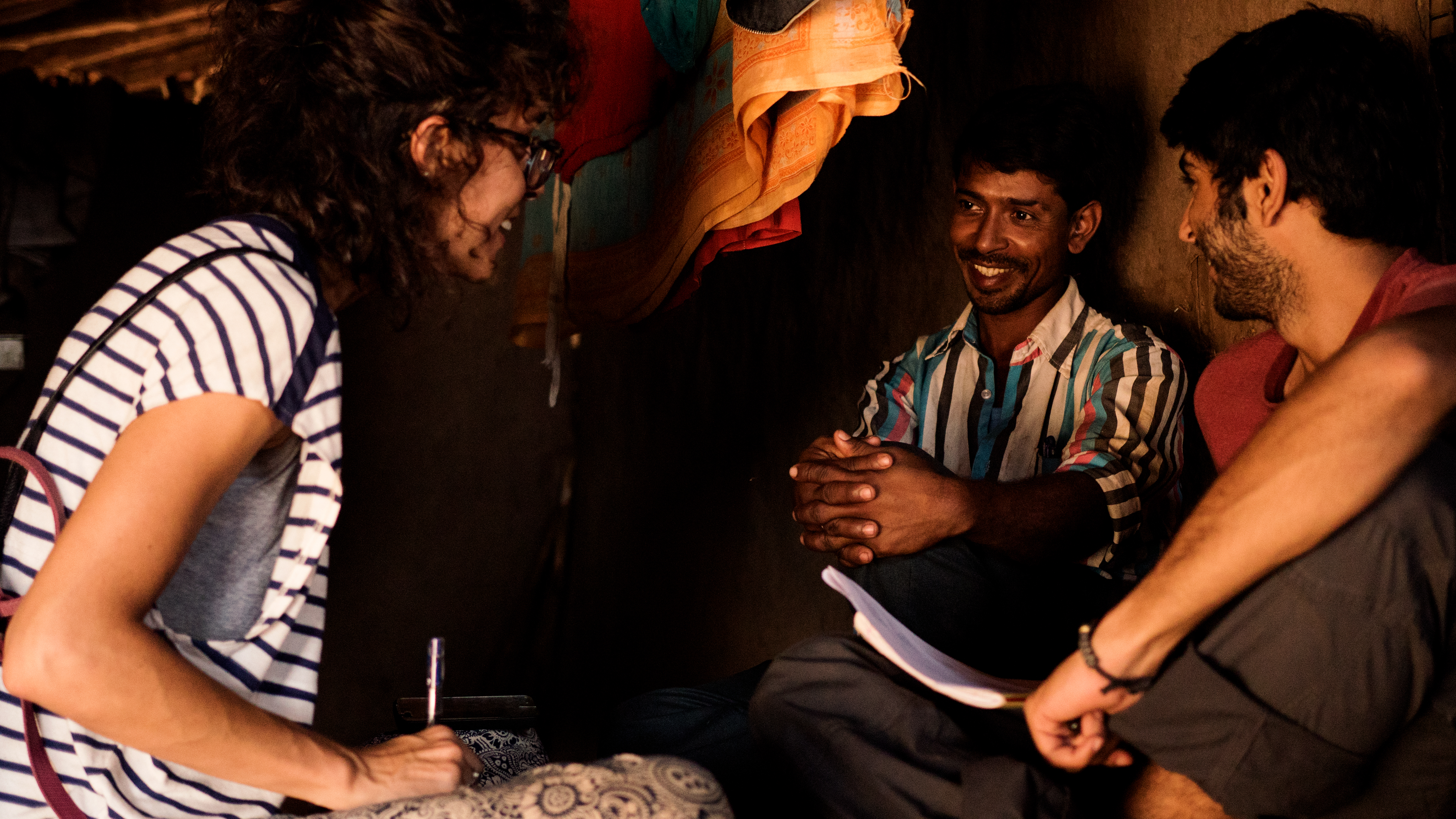
In contrast to that experience, all SMG sites I visited were operational, system’s lifetimes span from a few months to over 5 years old. As I tried to identify the ingredients of successful self-governance, I found a strong alignment of intent, commitment and dedication from all actors involved at the foundation.
Communities should not be seen as customers but active stakeholders, whose expectations and aspirations for growth should be taken into account. Satisfaction is achieved when expectations, both technical and socio-institutional, are met. Communities are more likely to take care of the system, engage in local forms of governance and pay for the service when satisfied with the service. Locally managed grids provide a sense of empowerment and are often preferred to a distant central grid.
While speaking with a member of the VEC in a village in Jharkhand region, she mentioned:
“They [the villagers] are free to raise their issues with us. They come immediately to the meetings when they have an issue and we talk together to arrive to at a solution. If it were the central Government they simply would not know where to raise these issues. We all feel empowered and care about this system.”
In a village where central grid pylons were being erected, households expressed their intent to continue using the SMG as their primary source for electricity, citing reliability and accountability as their primary reason.
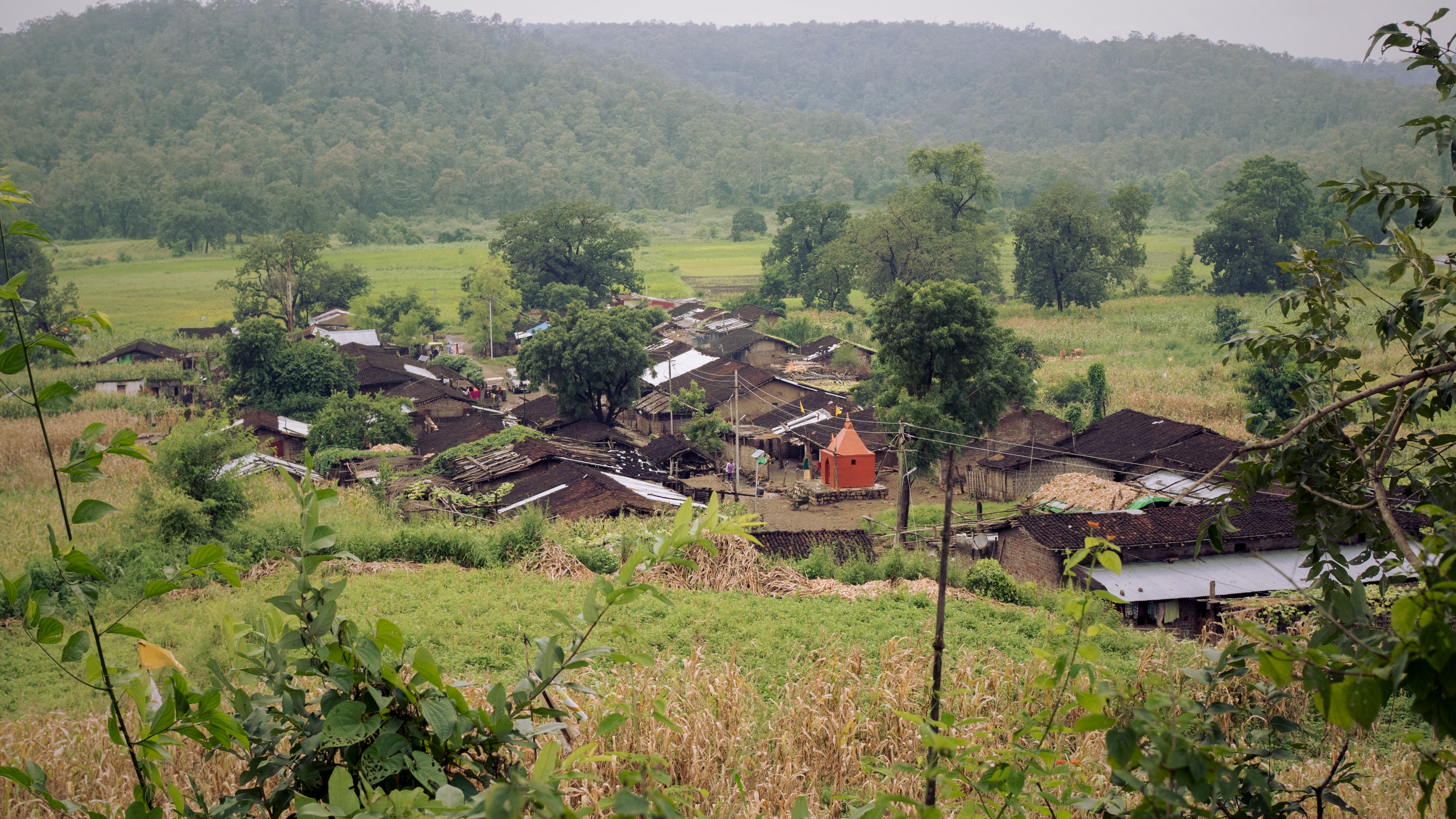
Whilst the success of these SMG’s is encouraging, it’s not all plain sailing and the issues highlighted by the VESP experience should not be underestimated. Establishing functional and strong self-governance mechanisms in remote settings is a challenging task requiring time and effort from all actors. Capacity building activities are particularly required in the early stages to set-up mechanisms for accountability and legal enforcement of rules.
Partnering with local NGOs trusted by communities and understanding the socio-cultural realities helps set-up strong and effective governance. Since technical issues often arise, training of the local operator and his/her ability to seek help is crucial. Inoperative systems erode confidence and trust, a responsive line of communication between communities and suppliers is essential to resolve issues in a timely manner.
There is no ‘one size fits all’, especially in a country as vast and as varied as India is. More emphasis should be placed on alternative models for energy access, particularly those leveraging local capacity to develop solutions that address concrete issues on the ground.
Photo credits: Adam Barr
